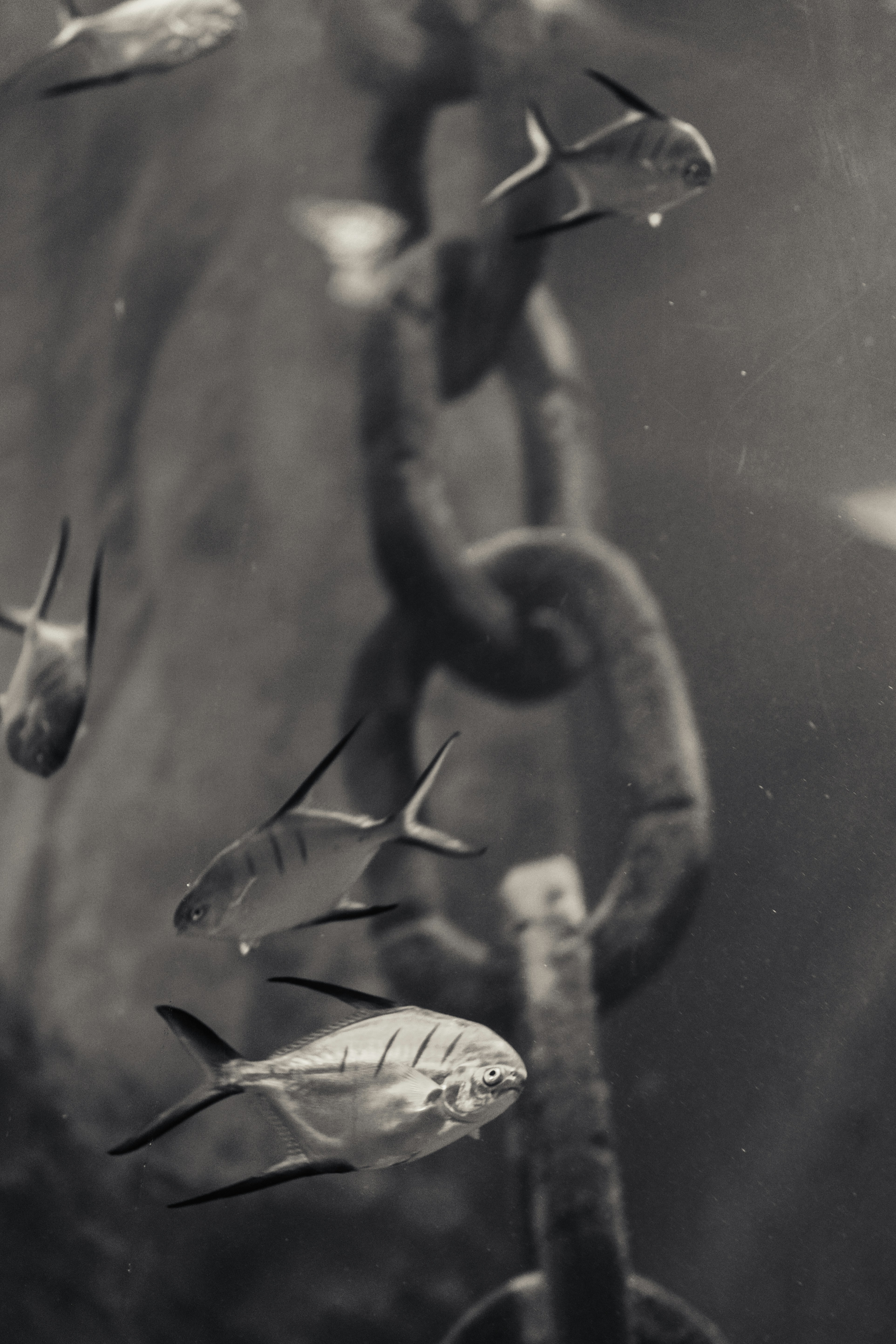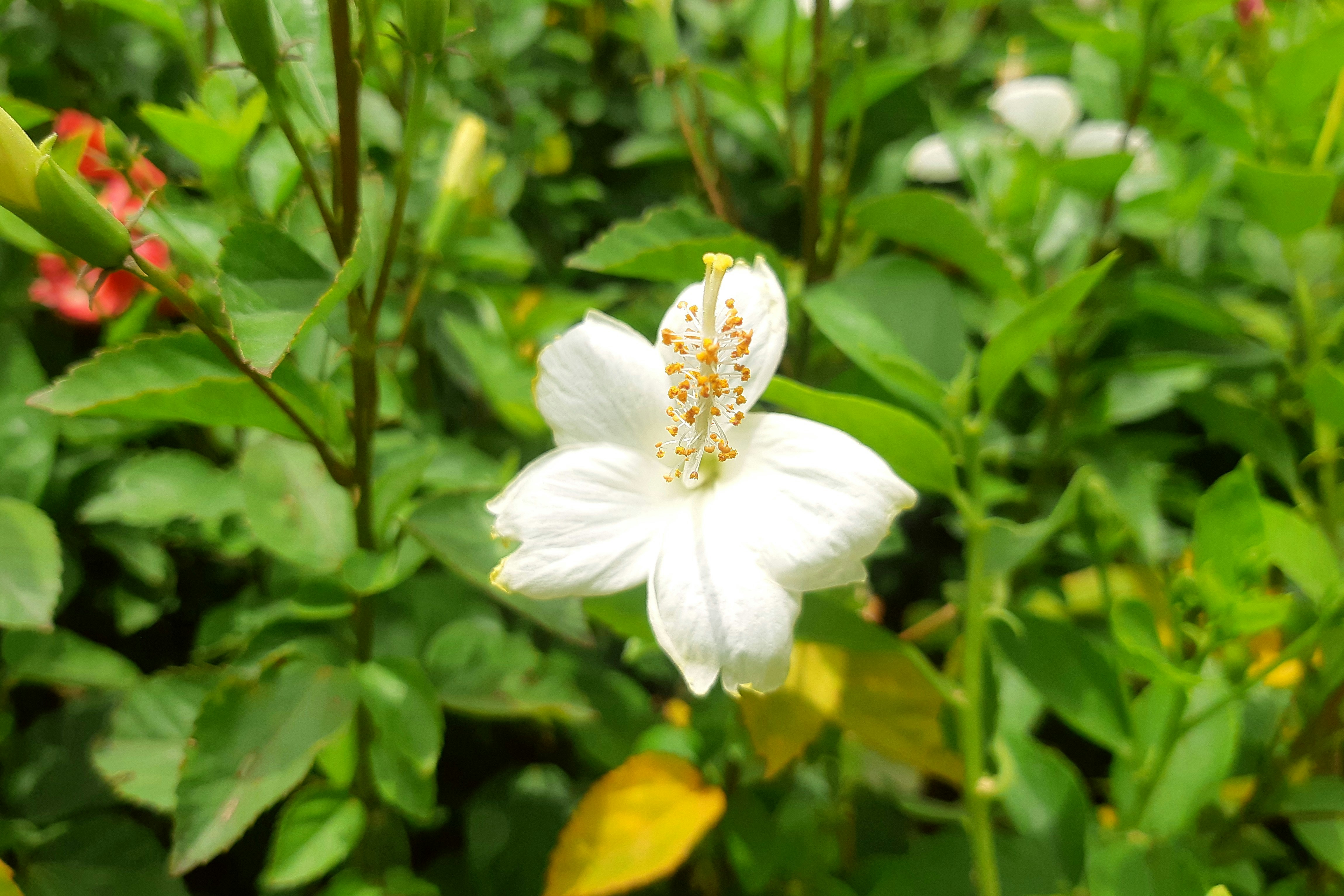Exploring Diverse Hobbies: Photography, Weed Pulling, and Fish Photography
August 21, 2024 | by MikeinJC
 Photo by Feodor Chistyakov on Unsplash
Photo by Feodor Chistyakov on UnsplashThe Artistic World of Photography
Photography, an intricate blend of art and science, offers a myriad of opportunities for creative expression. At its core, the basic principles of photography, such as composition, lighting, and angles, serve as the foundation for capturing compelling images. An understanding of these elements allows photographers to convey emotions, tell stories, and create visual poetry.
The journey of photography as an art form has seen significant evolution. From the early days of daguerreotypes to the present era of digital imaging, the medium has continually adapted and expanded its boundaries. Modern photography not only encompasses technical precision but also artistic vision, making it a versatile and dynamic field.
Essential equipment and tools are crucial for both amateurs and professionals. Basic gear often includes a reliable camera, various lenses, tripods, and editing software. While beginners can start with entry-level cameras, professionals may invest in advanced cameras with high-resolution sensors, specialized lenses, and other accessories to achieve their desired results.
The advent of digital technology has profoundly impacted modern photography. Innovations such as digital cameras, smartphone cameras, and editing software have democratized the field, making it accessible to a broader audience. Digital photography allows for instant review and manipulation of images, providing photographers with unprecedented creative control.
Improving one’s photography skills requires dedication and continuous learning. Aspiring photographers can benefit from practical tips such as practicing regularly, experimenting with different techniques, studying the work of other photographers, and staying updated with industry trends. Online courses, workshops, and photography communities also offer valuable resources for skill enhancement.
Inspirational stories of famous photographers underscore the transformative power of the medium. Photographers like Ansel Adams, known for his breathtaking landscapes, and Henri Cartier-Bresson, a pioneer of street photography, have made indelible marks on the field. Their works not only capture moments in time but also influence and inspire generations of photographers.
Different genres within photography, including portrait, landscape, street, and action photography, come with unique techniques and challenges. Portrait photography requires an understanding of lighting and posing to capture the essence of the subject. Landscape photography often involves patience and an eye for natural composition. Street photography demands quick reflexes and a sense of timing to capture candid moments, while action photography focuses on freezing dynamic movements with clarity and precision.
From Garden Maintenance to Mindfulness: The Unexpected Joy of Weed Pulling
Weed pulling, at first glance, might seem like a mundane chore confined to the domain of rigorous garden maintenance. However, this activity harbors an unexpected therapeutic potential that transcends its aesthetic and practical benefits. When done regularly, weed pulling enhances the health of your garden by mitigating the competition for essential nutrients among plants. Common types of weeds, such as dandelions, crabgrass, and chickweed, often demand specific techniques for eradication, ensuring that the desired plants thrive.
The physical act of weed pulling offers gardeners an opportunity to engage in a full-body workout. The repetitive squatting, bending, and pulling actions target various muscle groups, promoting physical fitness. Beyond these tangible benefits, the practice of weed pulling ushers in a wealth of psychological advantages. As gardeners immerse themselves in the task, many experience a state of mindfulness, an absorbing presence in the moment that can significantly lessen stress and anxiety levels. This mindfulness practice is comparable to meditation, fostering a sense of calm and satisfaction.
Narratives abound of individuals who initially approached weed pulling with reluctance, only to discover it as a cherished routine. One gardener recounted transforming her cluttered backyard into a serene space, attributing her newfound tranquility to the daily, methodical removal of weeds. Another case highlights an elderly man’s journey toward improved mobility and mental clarity through regular garden upkeep, accentuating the interlinked benefits of physical activity and mental rejuvenation.
Developing an effective weed maintenance routine is pivotal for sustaining garden health and the mental well-being of the gardener. Start by dedicating a fixed schedule for pulling weeds, ideally during the early morning or late afternoon when soil conditions are optimal. Employing correct tools, such as a hand trowel or a weeder, ensures the roots are completely removed, preventing regrowth. Integrating weed pulling within a broader gardening regimen, encompassing planting, watering, and pruning, ultimately nurtures a harmonious garden ecosystem and a tranquil mind.
Capturing Aquatic Beauty: The Niche of Fish Photography
Fish photography, a specialized branch within the broader spectrum of animal and nature photography, demands a unique set of skills and equipment to successfully capture the elusive beauty of aquatic life. Whether photographing in natural habitats such as rivers, lakes, and oceans, or in controlled environments like aquariums, the techniques and challenges encountered in fish photography are distinct and require particular attention to detail.
The primary equipment needed includes underwater cameras that can withstand the pressures of various depths and specialized lenses designed for underwater clarity. Lighting is another crucial aspect; natural light can play a significant role in settings like shallow waters, whereas artificial lighting is often essential in deeper or darker environments. Utilizing strobes or underwater flashes helps in bringing out the vibrant colors and intricate patterns of fish, which may otherwise go unnoticed.
Setting the right conditions is pivotal. Factors like water clarity, movement, and temperature can greatly impact the final image. Opting for times when the water is calm, such as early mornings or late afternoons, can improve visibility and reduce disturbances. Furthermore, a low ISO setting and a fast shutter speed are usually required to counteract the fish’s swift movements, ensuring that the photos are sharp and well-exposed.
Common mistakes in fish photography include ignoring the background, which can sometimes clutter the image or distract from the main subject. Keeping the background simple and free of distractions allows the fish to stand out. Additionally, patience is vital, as it often takes numerous attempts to capture a perfect shot. Investing time and effort in understanding fish behavior can also significantly enhance the quality of the photographs.
Advanced techniques, such as macro photography, enable photographers to capture intricate details of smaller fish or specific features that might be overlooked in broader compositions. Creating dynamic compositions by using leading lines, diagonals, and framing can add a sense of depth and interest to the images.
Insights from experienced fish photographers stress the importance of knowing the species and their habitats, as this knowledge can inform better approaches to capturing their images. Fish photography also has a substantial conservation and educational value. By showcasing the beauty and diversity of aquatic life, photographers can raise awareness about the importance of preserving these ecosystems.
RELATED POSTS
View all


